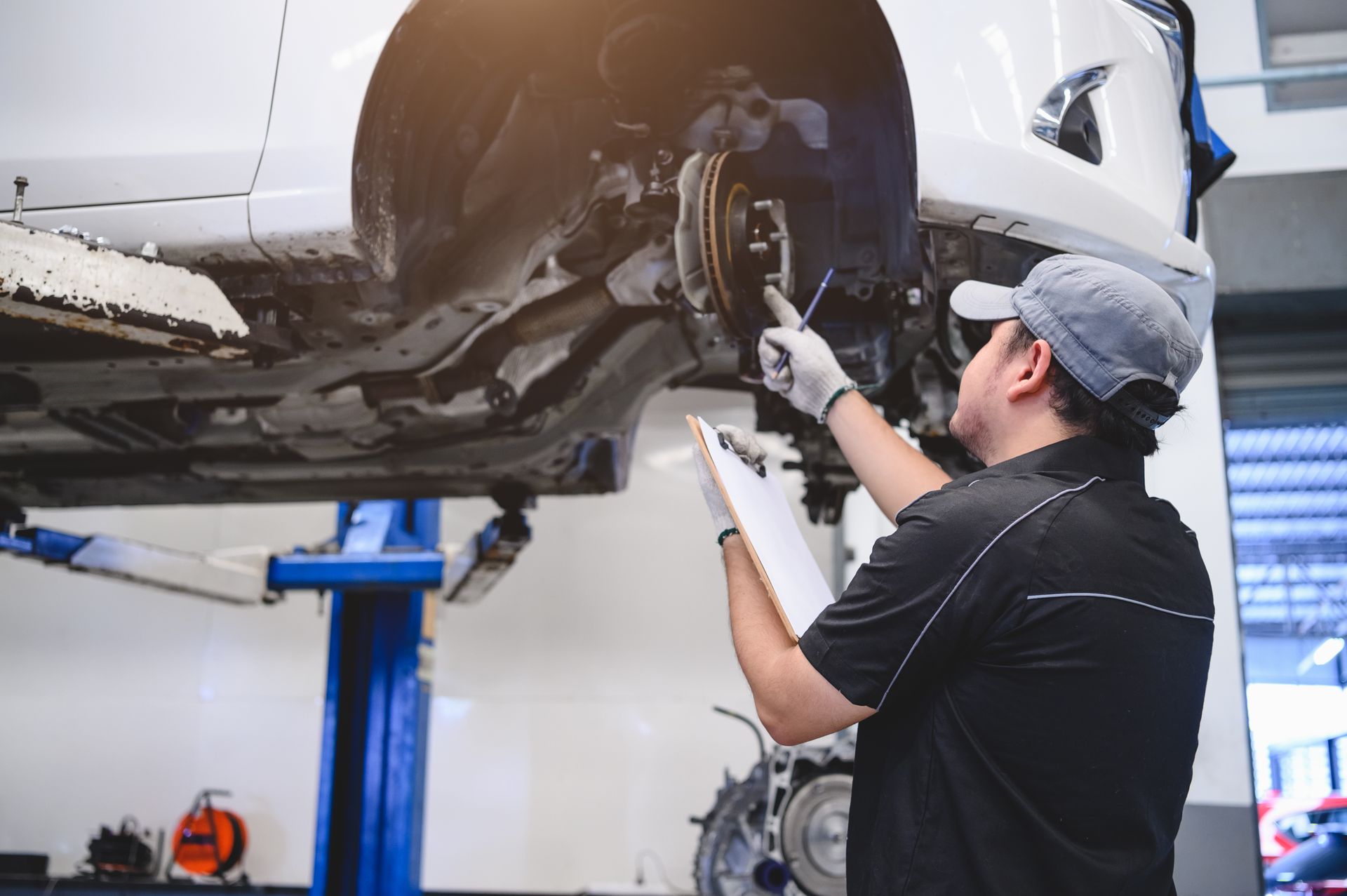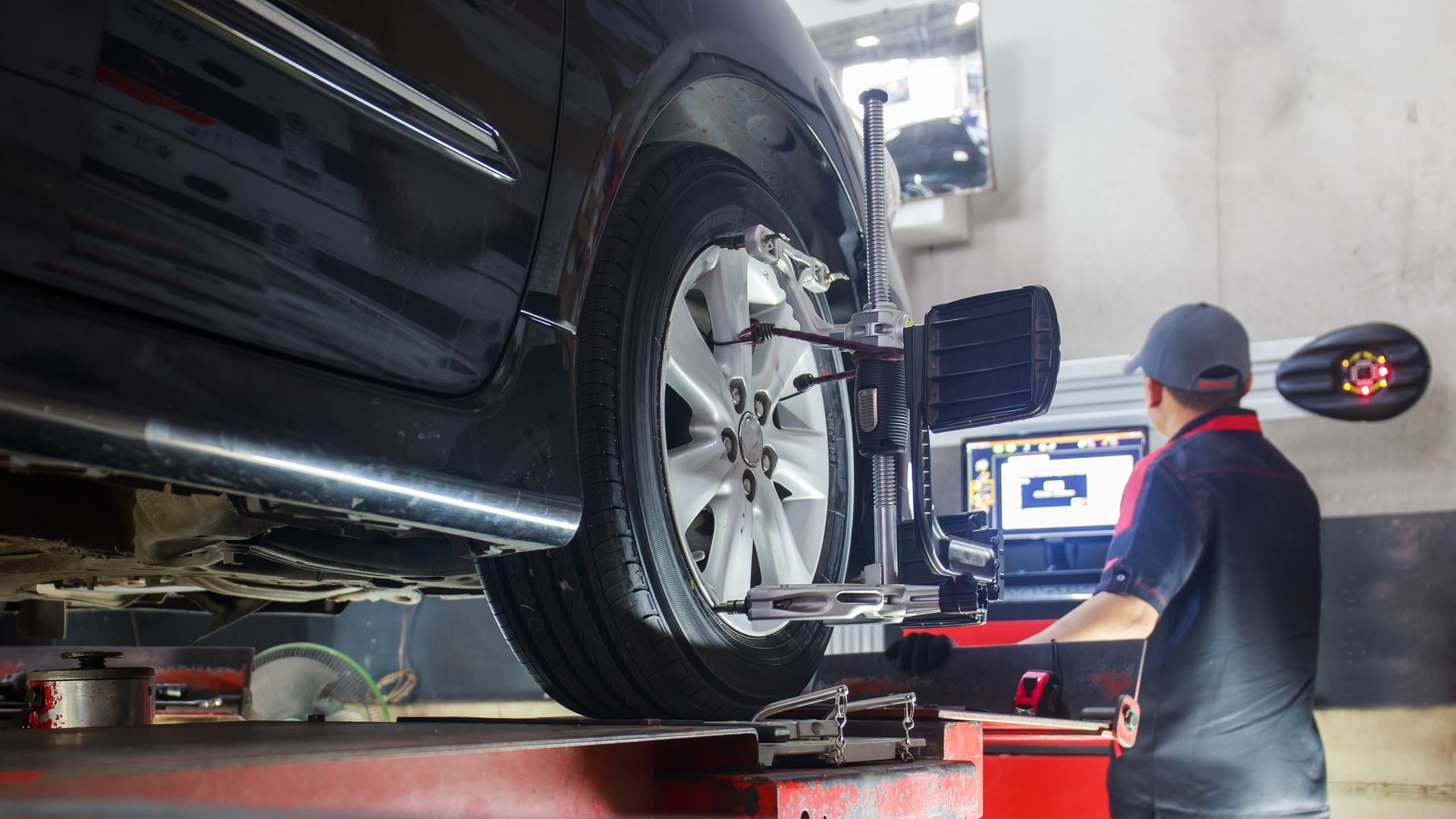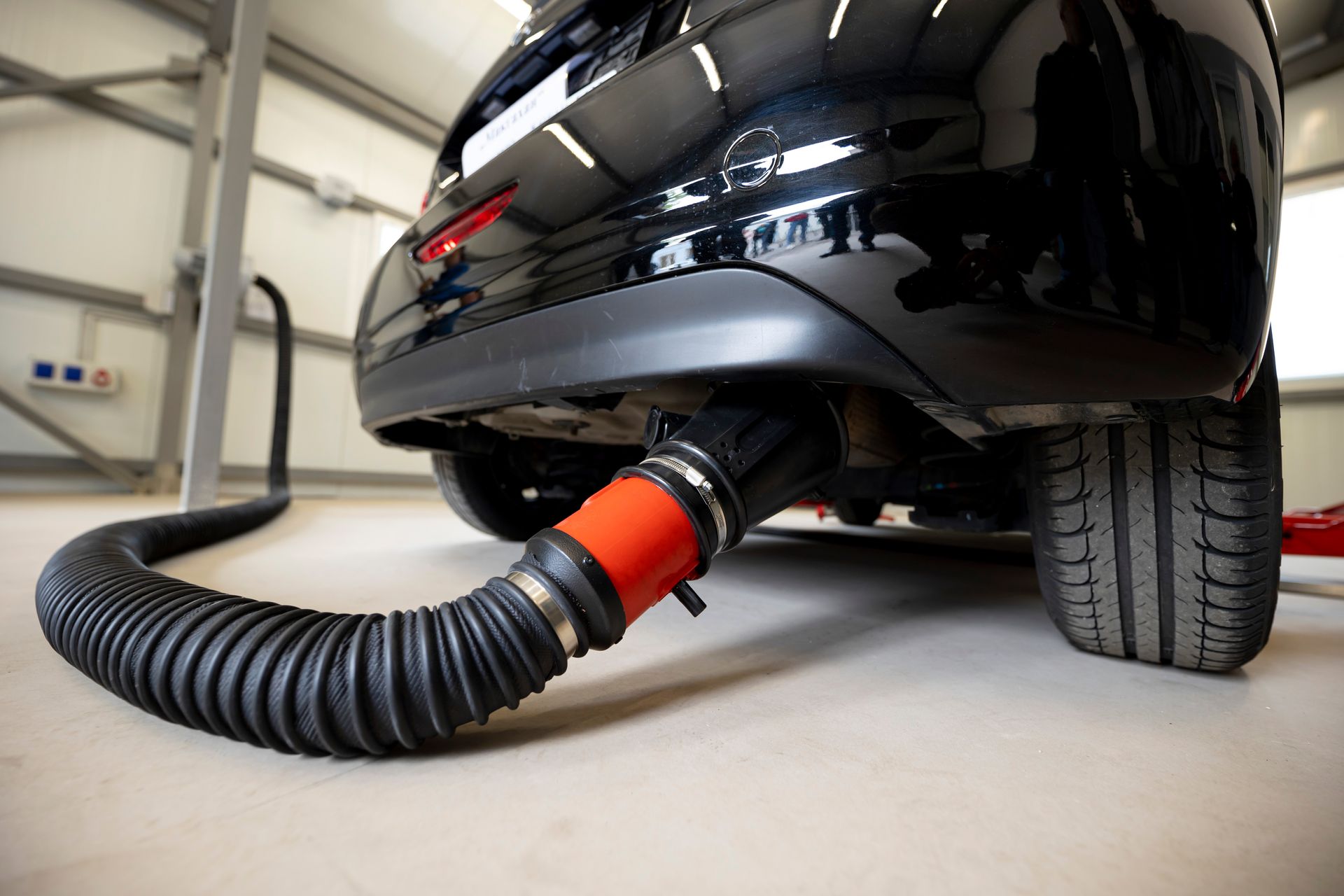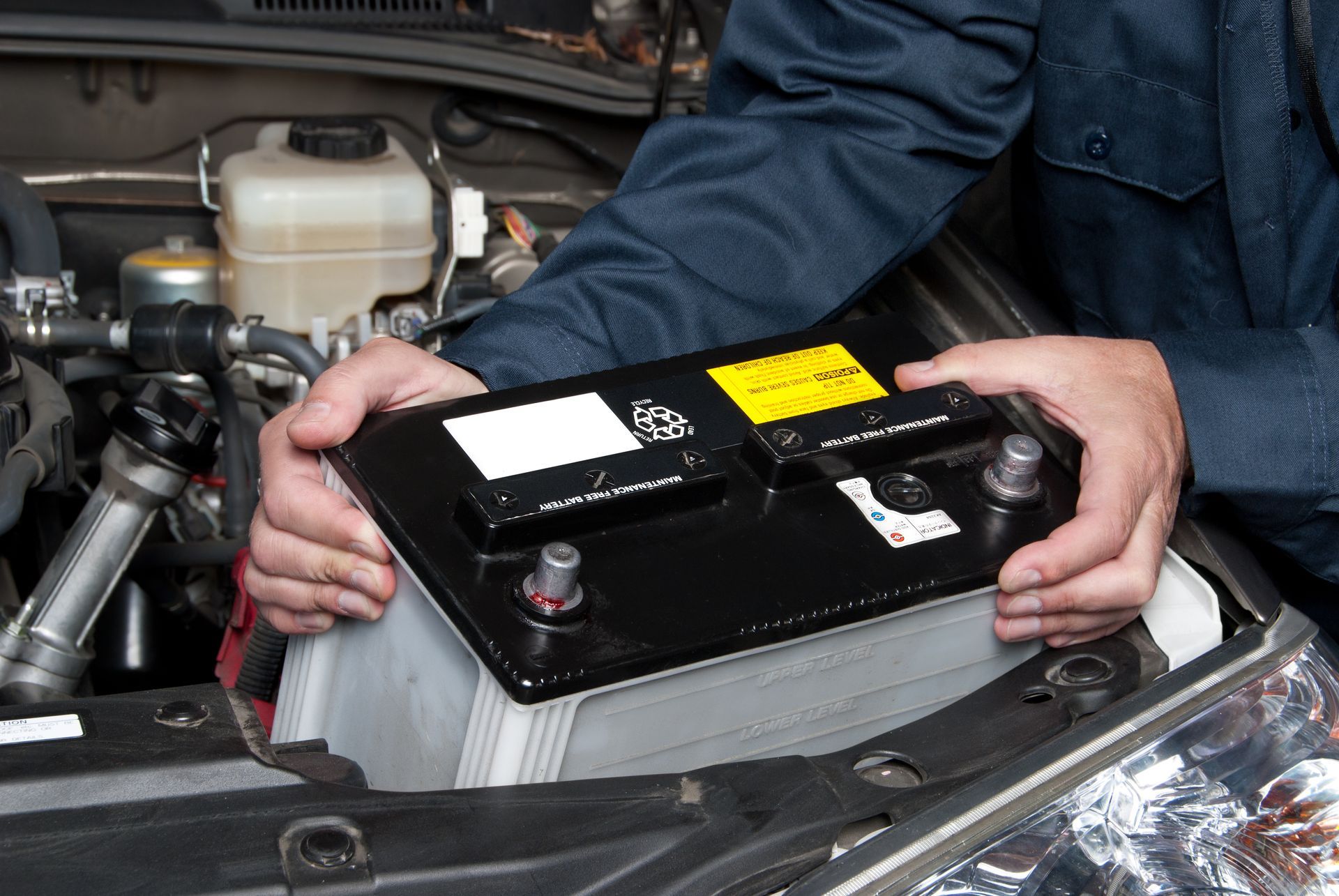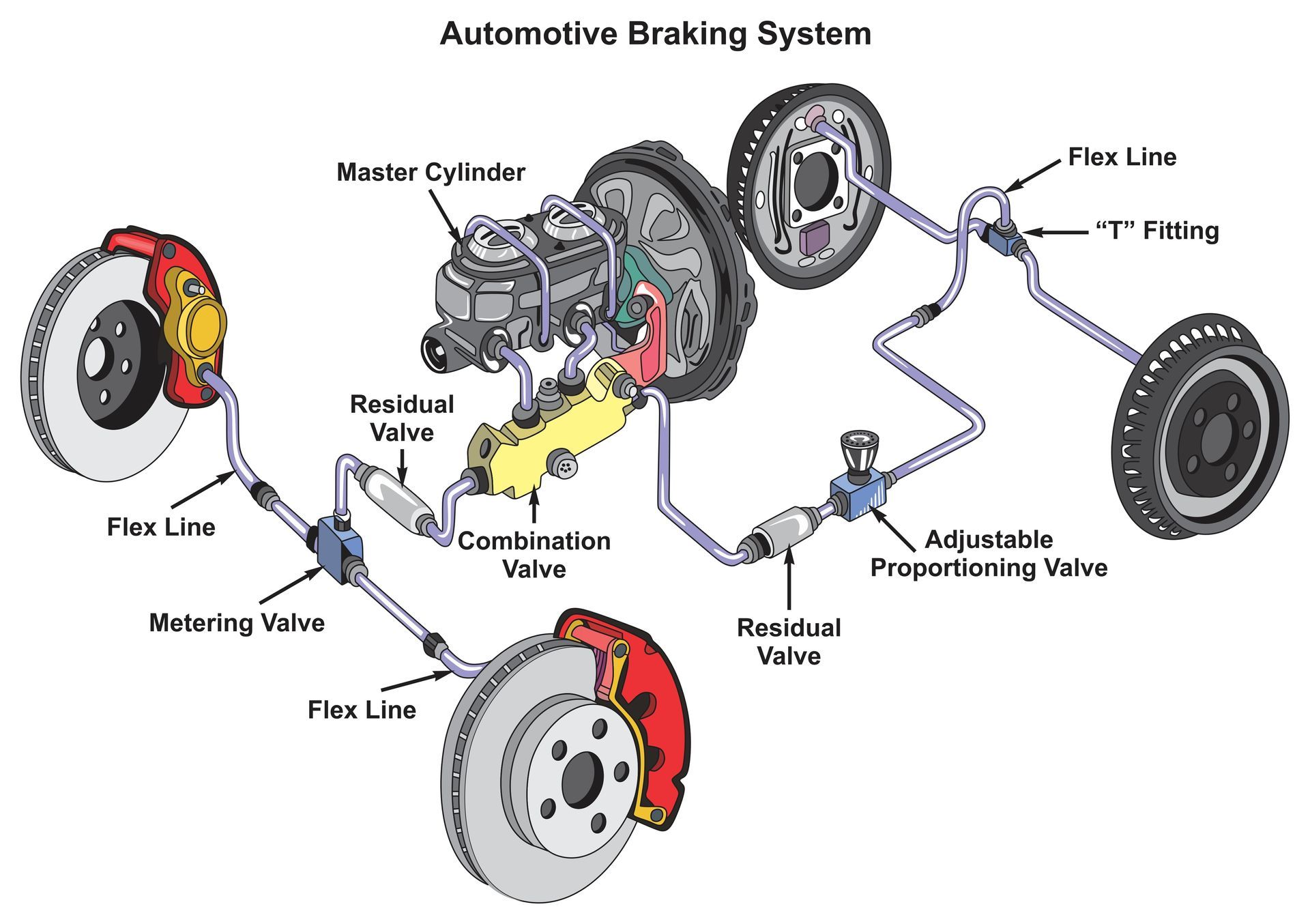Hydraulic powered steering is a crucial automotive technology designed to enhance the ease of steering and control for drivers. This system significantly reduces the effort required to turn the steering wheel, mainly when manual steering is challenging or unsafe. Let’s delve into the mechanics and benefits of steering and explore its evolution over time.
How Does Steering Work
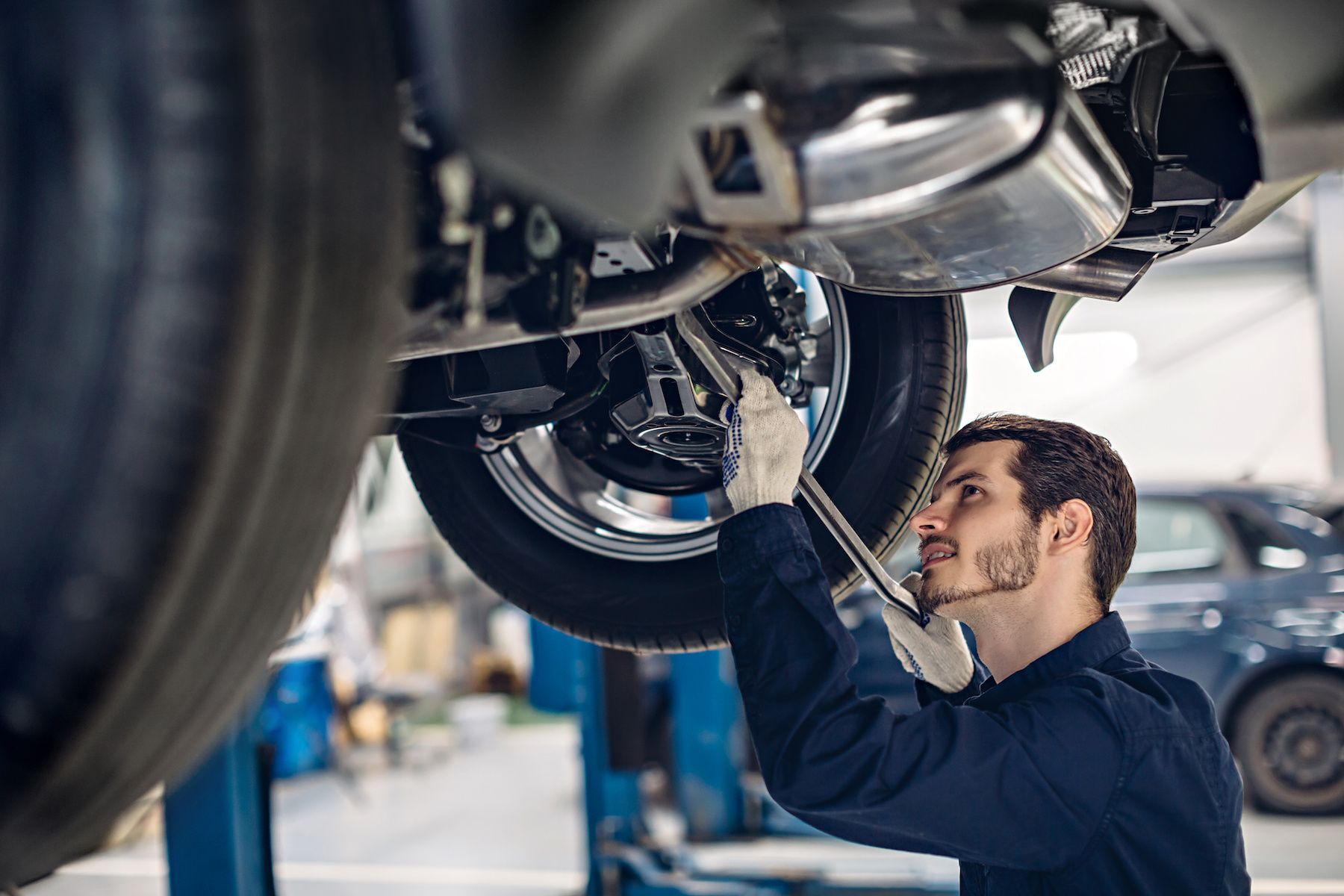
Power assisted steering systems come in various forms, each with its unique mechanism to aid in steering. The three main types of systems and they all have a specific function.
Hydraulic Power Assisted Steering
Hydraulic powered steering is one of the traditional forms of steering. It operates by utilizing hydraulic pressure generated by the power assisted steering pump. The pump pushes hydraulic fluid through hoses, assisting the steering rack or gearbox movement. This hydraulic assistance reduces the force needed to turn the wheels, resulting in effortless steering.
Electric Power Assisted Steering
In contrast, electric power steering replaces the hydraulic components with an electric motor that assists in turning the wheels. EPS uses sensors to detect the driver’s input and the vehicle’s speed, enabling the electric motor to adjust the steering assistance accordingly. The absence of hydraulic systems makes EPS more energy efficient and contributes to fuel savings.
Electro Hydraulic Steering (EHPS)
EHPS combines elements of both hydraulic and electric power steering. It uses a hydraulic pump to generate pressure, but an electric motor controls the pump’s operation. EHPS offers hydraulic and electric systems advantages, providing a balance between efficiency and power.
Components of Steering Systems
Steering systems consist of several essential components that work together to provide a smooth and responsive steering experience:
- Steering Pump: The power assisted steering pump is the heart of this steering system. It generates hydraulic pressure to assist in turning the wheels. Usually, the pump is powered by the engine’s serpentine belt.
- Steering Gearbox/Rack: The steering gearbox (in older vehicles) or steering rack (in modern cars) translates the rotational movement of the steering wheel into the lateral movement of the wheels. Hydraulic or electric assistance helps in this translation, making steering effortless.
- Steering Fluid/Fluid Reservoir: Hydraulic power steering systems require steering fluid to operate. The fluid is stored in a reservoir and circulates through the system, enabling smooth hydraulic pressure transmission.
- Hoses and Connectors: Hoses and connectors ensure the power steering fluid flows efficiently between components. Proper maintenance of these parts is essential to prevent fluid leaks.
- Steering Wheel: The steering wheel interfaces between the driver and the power steering system. The driver’s input initiates the assistance the steering system provides, resulting in controlled and effortless steering.
Advantages of Power Assisted Steering
The primary benefit of hydraulic powered steering is its ability to lessen the physical effort required to turn the steering wheel, especially at low speeds. It also improves vehicle control and stability , especially in emergency maneuvers or adverse road conditions.
The assistance provided allows for smoother and more precise steering, enhancing overall vehicle handling. Power assisted steering enhances safety by reducing driver fatigue, enabling quicker responses to unexpected road situations, and improving overall vehicle control. It is a valuable safety feature that benefits all drivers.

Power Assisted Steering Problems
While hydraulic powered steering systems are generally reliable, they can encounter issues over time. Some common problems can include:
- Fluid leaks, which may lead to a loss of hydraulic pressure and affect the system’s performance.
- Unusual noises like whining or groaning while turning the steering wheel, which can indicate air bubbles in the steering system or a failing power steering pump
- As well as vibrations in the steering wheel, which may arise from misaligned wheels, worn out suspension components, or imbalanced tires.
If the steering wheel becomes difficult to turn, it could indicate a problem with the steering pump, low fluid levels, or issues with the steering gearbox/rack. In rare cases, the power steering system may fail entirely, requiring immediate attention to diagnose and fix the underlying problem.
Power assisted steering has revolutionized how we drive, making steering easier, more comfortable, and safer. From its humble beginnings as a hydraulic system to the latest advancements in electric steering, this technology continues to shape the automotive industry.
Regular maintenance and prompt troubleshooting are essential to keep the hydraulic powered steering system in optimal condition, ensuring a seamless driving experience for years. As automotive technology progresses, power assisted steering will undoubtedly remain an integral part of the driving experience, enhancing safety and convenience on the road.
The Future of Power Assisted Steering in Ohio!
Are you ready to experience effortless steering and enhance your driving experience? Visit Annie’s Auto today and let our experts care for your power assisted steering system. Whether you need regular maintenance, troubleshooting, or upgrades, we’ve got you covered. Don’t compromise on safety and comfort – schedule an appointment now and discover the difference power steering can make in your daily drives.

